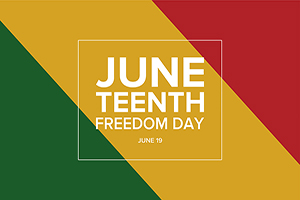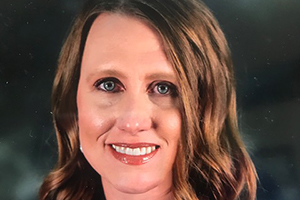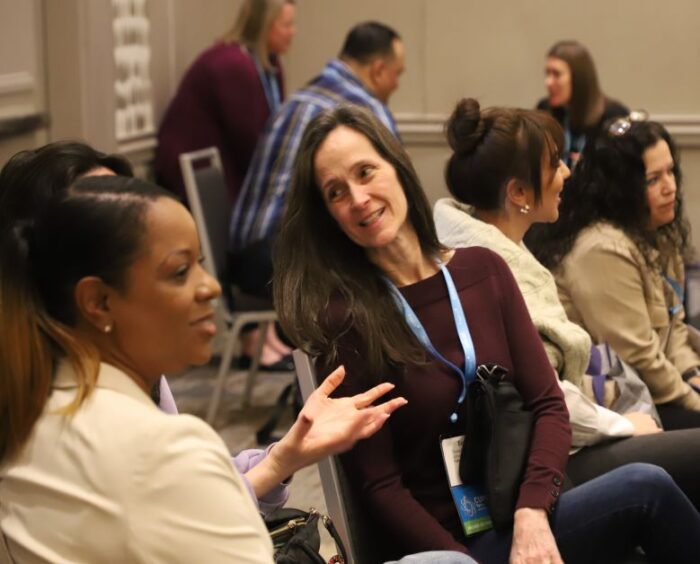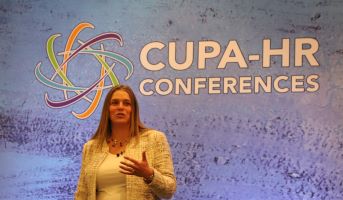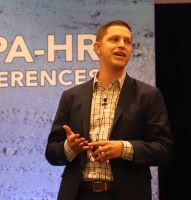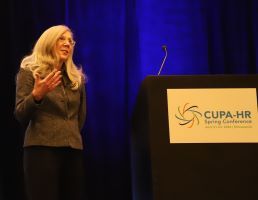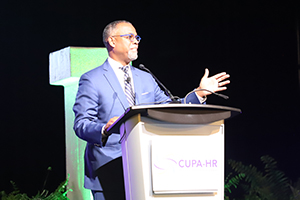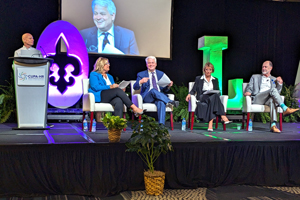by Julie Burrell | February 19, 2025
The wave of new executive orders on DEI, immigration and gender identity has already significantly impacted the higher ed workplace. While the pace of change may feel overwhelming, HR departments are taking a leading role — just as they did during the COVID-19 pandemic — in navigating change and making sure all employees feel valued and supported at work.
As CUPA-HR President and CEO Andy Brantley affirmed in his message about the recent executive orders, higher ed workplaces can still:
- Promote equitable work and career pathing opportunities and pay for all employees.
- Cultivate inclusive learning and working communities.
- Create a workplace culture that embraces respect and civil discourse.
- Level the playing field for everyone by working to remove bias, reviewing outdated policies, and creating transparency.
- Reinforce institutional values by ensuring that all employees feel connected and supported.
As you strategize your response to changes taking place on your campus, here are some considerations for ensuring that you are providing equal access and opportunity for all.
Conduct an Audit of Your Institution’s DEI Efforts
If you haven’t started already, conducting an audit of programs, policies and procedures can help identify areas of concern. Design a simple spreadsheet to help you organize and track your findings in areas such as training and development, hiring, performance management, communications and website content. For each item, indicate where it falls on the legal spectrum. Does it violate the law? Is it in compliance but in need of adjustments? Is it in compliance and effective as it stands?
When reviewing your programs and processes, the central question to ask is, do they provide equal access and opportunity to all employees without giving special advantages to any one person or group?
Here’s one example. The language of the recent DEI-focused executive orders emphasizes merit. Merit has always been critical to hiring, reviewing performance and making promotion decisions. Do your policies around hiring and promotion reflect that focus on merit? Are hiring and promotion processes fair and transparent? Are hiring and promotion decisions documented, and do they reflect those policies and processes?
Connect with Campus Partners
Your institution’s general counsel can help ensure any changes made to policies and procedures are in compliance with the new executive orders and mitigate risk for your institution.
If you’re undertaking a website audit, consult your chief information officer. Is there AI-enabled software that might help identify noncompliant wording or outdated programs?
Is your institution a federal contractor or subcontractor? If so, you may face additional oversight, including new contract terms certifying that your institution is following federal antidiscrimination laws. If your status is unclear, first check with the office of research.
Consider creating a neutral body of campus stakeholders to help suggest, implement and communicate changes in response to the executive orders, but also expect that employees and administrators will have strong opinions and feelings about these changes.
Reframe Inclusion
As you review policies and communications to ensure compliance, take the opportunity to make your workplace even more welcoming and accessible.
Align with your institution’s values. What are your institution’s core values and mission? It’s likely they involve respecting diversity of thought and perspective, creating a welcoming environment, and providing equal access and opportunity to all regardless of identity. Affirming and communicating these values can be an important way to stay focused on what matters during times of change.
Consider accessibility. When revising programs and processes to be more inclusive, envision accessibility for all. For example, if your goal is to make career development programs accessible to all employees, look for gaps in access across your employee population. Just as holding trainings in non-ADA compliant buildings may limit the ability of some people to participate in career development, so might neglecting the needs of groups like non-exempt employees and working parents and caregivers. Are there more flexible options? Can you support supervisors to make it easier for an employee to take time away from regular duties?
Ensure clarity and transparency. Equity in compensation, hiring and promotion is an effective way to bolster recruitment and retention. For example, hiring and promotion practices that are not transparent, written down, and consistently followed can negatively affect the workforce. Women are less likely than men to be promoted if clear, fair criteria aren’t used. Neurodivergent candidates are disadvantaged when job interviews rely on indirect measures like succeeding at small talk rather than a skills-based assessment. In both of these instances, vague criteria such as “culture” and “fit” may prevent qualified, highly skilled employees from being hired and from moving up the ladder. Finally, be sure that your institution’s job descriptions and job requirements are up to date and are being used as the basis for decisions related to hiring and pay.
Focus on purpose. To avoid misinterpretation, your efforts at creating an inclusive workplace should be characterized in ways that are purpose driven. For example:
- Communities of people with varied backgrounds and life experiences create opportunities for community members to grow personally and professionally. When employees thrive, institutions thrive.
- Parity and equity, in opportunity and pay, support job satisfaction, recruitment and retention.
- A safe and welcoming work environment fosters community and collaboration.
Emphasize outcomes. Lily Zheng, author of the book DEI Deconstructed, encourages those invested in fair and healthy workplaces to strengthen outcomes. Zheng recommends an outcomes-based approach “focusing on measurable results like pay equity, physical and psychological safety, wellness, and promotion rates, rather than … a one-time training, posting on social media, or other behaviors that signal commitment without demonstrating results.”
Take Steps to Educate Employees
Review the ways managers and senior leadership are implementing the policies and processes that are in place. Is additional training required? If you have made changes to policies and processes, how will you communicate those to supervisors and other campus leaders?
Be sure to evaluate anti-harassment and antidiscrimination trainings you have in place. These trainings should continue, although they may need to be adjusted to emphasize even more strongly the importance of opportunity and respect for all.
Know That You’re Not Alone
The higher ed HR community has been through challenging times before, most recently as the pandemic reshaped the workplace. If you have resources or ideas to share with other CUPA-HR members regarding ways that you and your HR colleagues are creating and sustaining an inclusive campus community, please email them to [email protected]. Your submission will be treated as confidential and, if shared, will be described in terms that will not identify your institution.
Related CUPA-HR Resources
Recent DEI-Focused Executive Orders: Next Steps for Higher Ed HR — This CUPA-HR webinar, recorded on February 13, offers excellent insights into steps institutions can take to ensure they are in compliance.
Recent Executive Orders and Higher Ed HR’s Role in Creating and Sustaining an Inclusive Campus Community — A message from CUPA-HR President and CEO Andy Brantley.
CUPA-HR Data — CUPA-HR is the premier source of higher ed workforce and workplace data.
Compensation Toolkit — This HR toolkit includes resources to help ensure that compensation plans are fair and transparent.
Recruitment Toolkit and Interviewing Toolkit — These HR toolkits include resources to help ensure that hiring practices are fair and transparent.
Performance Management Toolkit — This HR toolkit includes resources to help ensure that performance management practices are fair and transparent.
Layoffs/RIF/Furloughs Toolkit — This HR toolkit includes valuable resources for managing workforce reductions.
Resilience in the Workplace — This CUPA-HR webinar, recorded in 2021, was designed to serve as resilience training for attendees, as well as a model that could easily be replicated at your institution for HR teams and other employees.




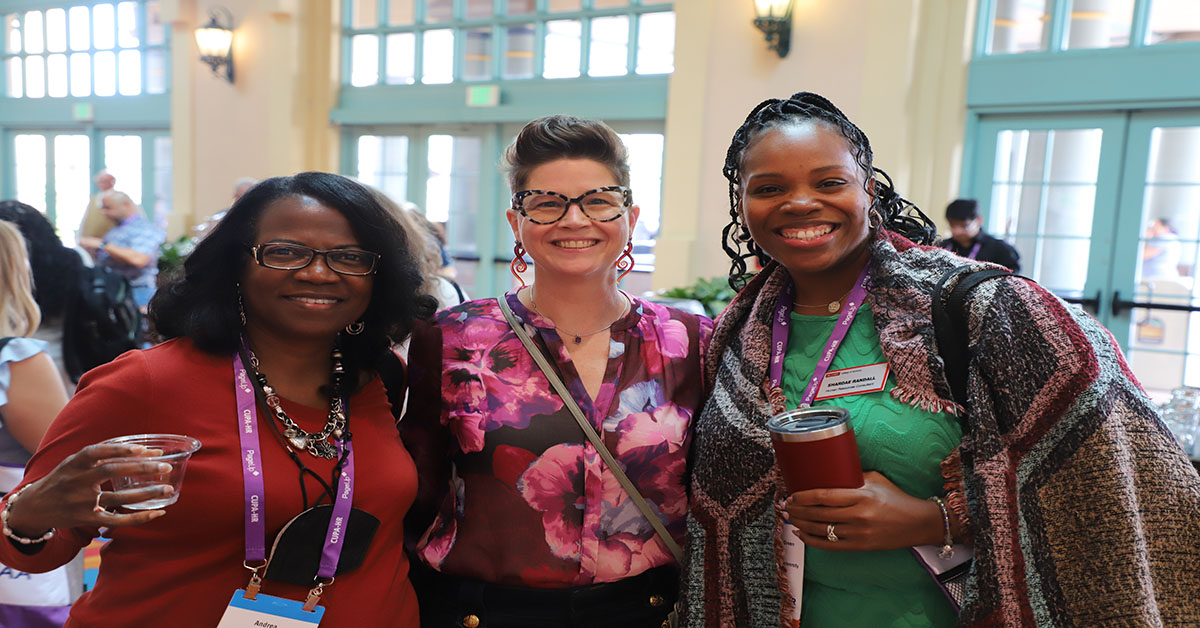

 How does Disney engage over 70,000 employees — aka, cast members — to ensure that the details are done right? While cast members’ jobs may be different, from serving food at EPCOT to directing riders on Space Mountain, they all share in one common goal: creating happiness. In their talk, Williford and Pyka emphasized that culture is defined by how people behave, and training is critical to achieving desired behaviors. Caring and communication are also vital elements of culture. The extent to which organizations genuinely care for their people is the extent to which those people will, in turn, care for customers and each other. And high-quality communication can reinforce culture as much as lack of communication will undermine it.
How does Disney engage over 70,000 employees — aka, cast members — to ensure that the details are done right? While cast members’ jobs may be different, from serving food at EPCOT to directing riders on Space Mountain, they all share in one common goal: creating happiness. In their talk, Williford and Pyka emphasized that culture is defined by how people behave, and training is critical to achieving desired behaviors. Caring and communication are also vital elements of culture. The extent to which organizations genuinely care for their people is the extent to which those people will, in turn, care for customers and each other. And high-quality communication can reinforce culture as much as lack of communication will undermine it. Why? One reason is that work has replaced what people once found in community, whether through church or bowling leagues or book clubs. McGowan said that’s why current and future generations entering the workforce seek jobs that reflect the totality of their values and personality.
Why? One reason is that work has replaced what people once found in community, whether through church or bowling leagues or book clubs. McGowan said that’s why current and future generations entering the workforce seek jobs that reflect the totality of their values and personality.